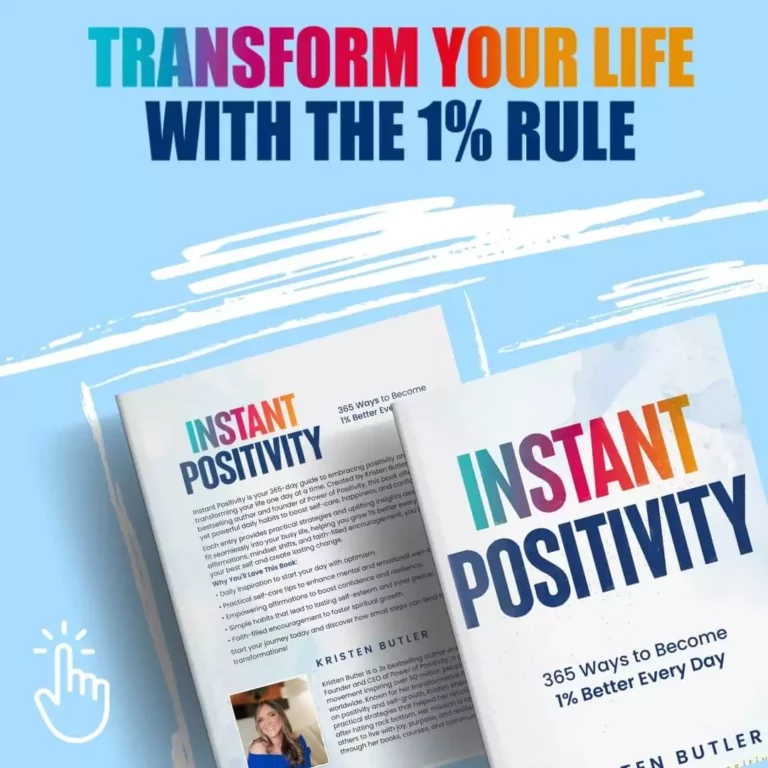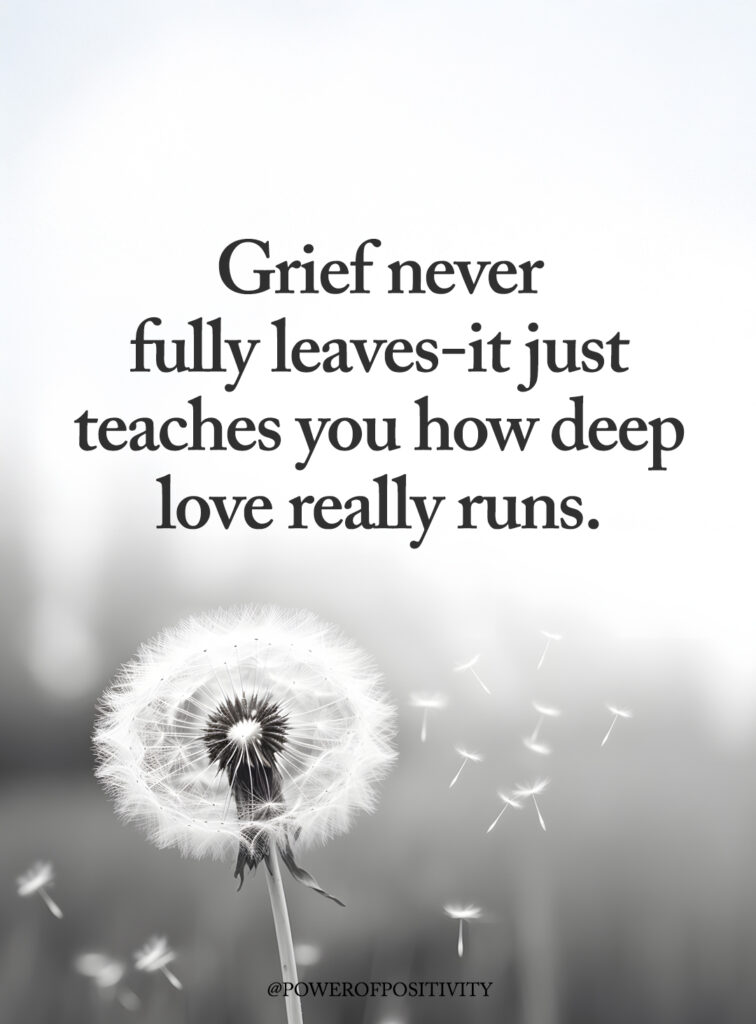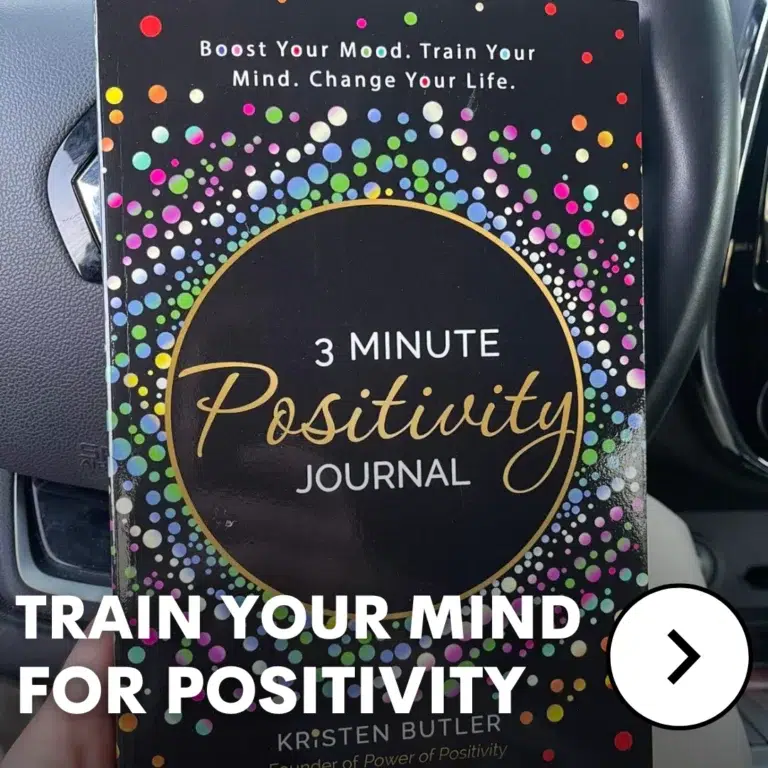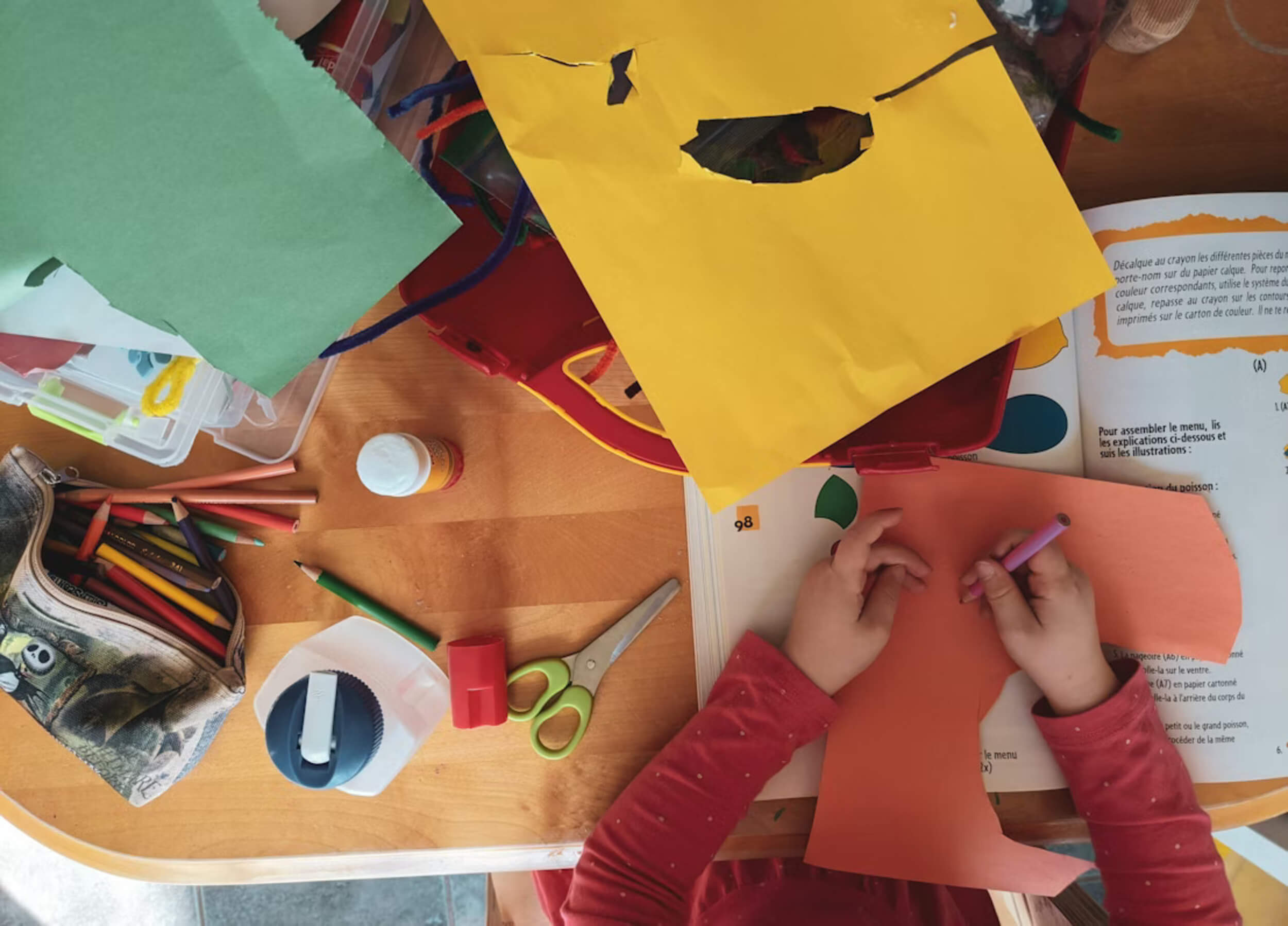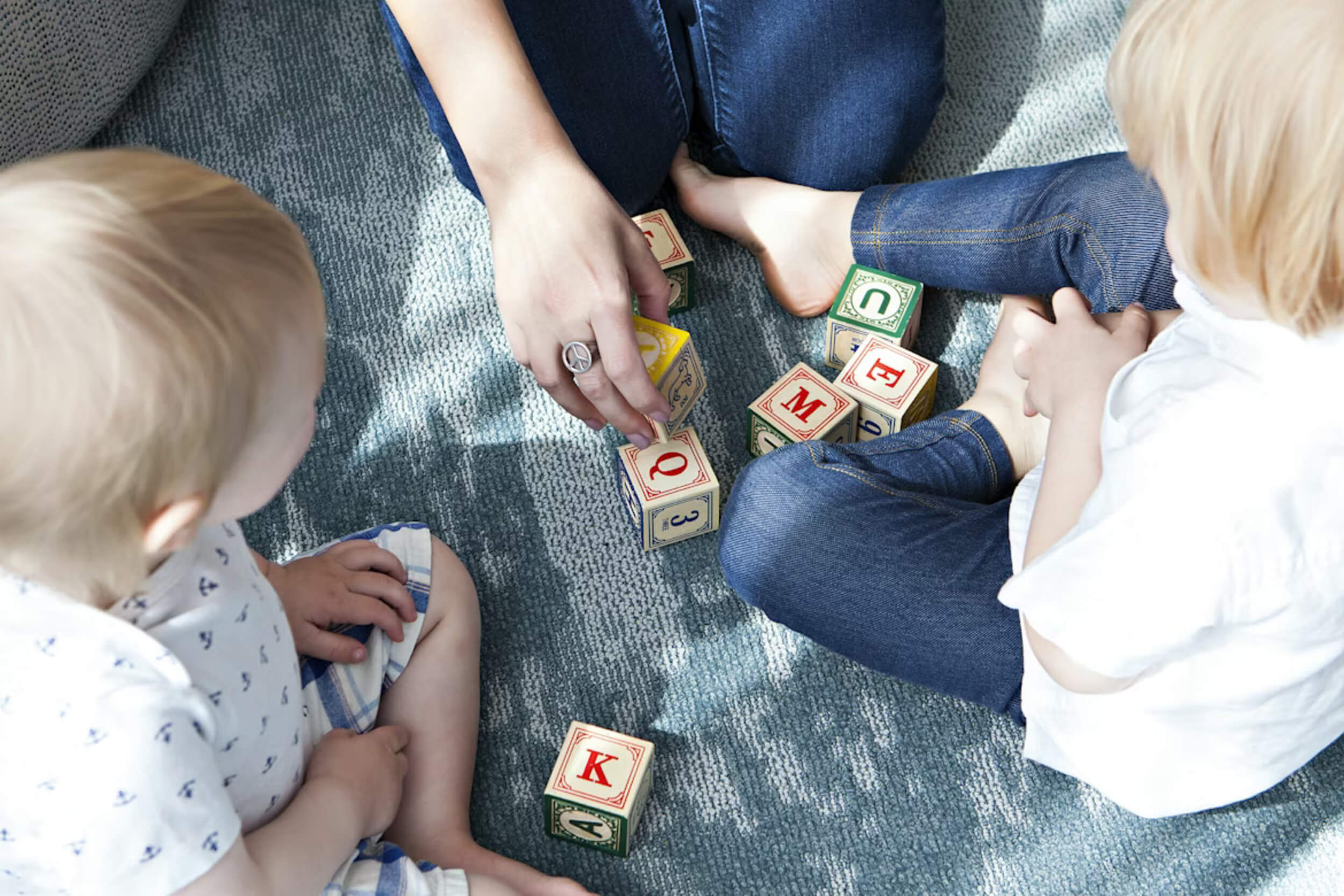It happens fast — a comment, a tone, a look — and suddenly your chest tightens, your pulse speeds up, and anger strikes before you even realize it. It’s that split second when your body reacts faster than your thoughts, leaving you caught between wanting to shout and trying to stay calm. Everyone has felt it — that rush of heat that makes your heart pound and your jaw clench.
Anger itself isn’t the enemy. It’s your body’s way of saying something isn’t right — maybe a boundary was crossed, a need was ignored, or you felt disrespected. It’s a natural signal that helps you notice what matters. The problem begins when the feeling takes control instead of helping you act with control.
Staying calm when anger strikes isn’t about pretending everything’s fine. It’s about finding steady ground in the middle of that fire — taking a breath long enough to think before reacting. Because the goal isn’t to erase anger but to meet it with enough calm to decide what comes next.
What Happens Inside Your Body When You’re Angry
When anger strikes, your body reacts before you even realize it. Your heart beats faster, your breathing gets shorter, and your muscles tighten as if you’re preparing for battle. This is your body’s built-in alarm system doing its job — trying to protect you from what it sees as a threat.
Inside your brain, the amygdala — the part responsible for emotions — lights up first. It sends signals that trigger your body’s “fight or flight” response. Meanwhile, the logical part of your brain, the prefrontal cortex, goes quiet for a bit. That’s why it’s so easy to say or do something in the heat of the moment that you later regret.
This reaction can be helpful if you’re in danger, but not when you’re just frustrated in traffic or arguing with someone you love. When anger strikes too often, stress hormones like adrenaline and cortisol stay high, leaving you tired, tense, and emotionally drained.
Once you understand this internal chain reaction, you can start to interrupt it before it takes control.
The Moment Between Anger and Reaction
Every burst of anger has a small pause before it turns into words or actions. That tiny space — often just a few seconds — is where change happens. Think of it like a yellow light before a red one: it’s your chance to slow down before things go too far.
Here’s how to recognize that moment:
- Feel your body’s signals — the tight shoulders, clenched jaw, or racing pulse.
- Take one deep breath, even if it’s shaky.
- Unclench your hands or step back to give yourself distance.
- Tell yourself, “I can pause. I don’t have to react right now.”
When anger strikes, reacting too quickly usually leads to regret. Calmness isn’t weakness; it’s wisdom in motion. It means you’re taking control instead of letting emotions run the show.
When you start treating that small pause as sacred, you begin taking your power back.
Calming the Body First
The fastest way to calm your mind is to start with your body. When anger strikes, your nervous system goes into overdrive — your breath shortens, your chest tightens, and your body prepares to defend itself. To reverse this, you need to show your body that the threat is over.
Simple ways to calm down:
- Breathe deeply. Inhale through your nose, hold for a moment, and exhale slowly through your mouth.
- Loosen up. Drop your shoulders, unclench your jaw, and relax your hands.
- Ground yourself. Feel your feet pressing against the floor, reminding you that you’re safe in this moment.
- Cool down. Sip some cold water or wash your hands under cool running water.
The more often you practice these small resets, the quicker your body learns that calm is safe. Let each breath remind you that the emergency has passed. Once the body starts to settle, the mind finally has room to listen.
Understanding What’s Beneath the Anger
Anger isn’t always what it seems. Many times, when anger strikes, it’s covering up another emotion hiding underneath — sadness, fear, hurt, or disappointment. It’s easier to feel mad than to feel exposed or vulnerable.
Take a closer look at what your anger might be protecting:
- You felt ignored, and it turned into irritation.
- You felt rejected, and it showed up as frustration.
- You felt misunderstood, and it turned into defensiveness.
Pausing before reacting helps uncover what’s really going on. Try journaling your thoughts or sitting quietly until your heart rate slows. Writing down what happened and how you felt can make your emotions clearer.
Once you name what’s underneath, it loses some of its power. When you understand what your anger is guarding, you can begin healing what caused it.
Changing the Story in Your Head
What you tell yourself when anger strikes often decides how long it lasts. Thoughts like “They always do this” or “I can’t take this anymore” keep the emotion alive. Your inner voice fuels the fire — or puts it out.
Try catching those automatic thoughts and asking questions like:
- “Is this thought 100% true?”
- “Could there be another reason for what happened?”
- “Is my reaction helping or hurting me right now?”
Instead of focusing on blame, shift your thoughts to something more balanced: “I didn’t like what happened, but I can choose how to respond.” Changing your mental story doesn’t excuse bad behavior — it just keeps anger from controlling your next move.
Reframing your thoughts is like opening a window — it lets the heat out so you can breathe again.
Restoring Calm Through Movement and Stillness
When anger strikes, it fills your body with energy that needs to go somewhere. That’s why it helps to either move or slow down — both can bring relief.
For active release:
- Go for a short walk.
- Stretch or do light exercise.
- Clean or organize something around you.
For quiet release:
- Sit outside for fresh air.
- Try slow breathing or a few minutes of mindfulness.
- Listen to calming music or sounds of nature.
Anger doesn’t fade from suppression — it softens when redirected. When your body and breath fall back into rhythm, your mind follows. When your body and breath find their rhythm again, peace follows naturally.
The Role of Compassion — Especially Toward Yourself
After anger strikes, it’s easy to feel guilt or embarrassment, especially if things got heated. But beating yourself up doesn’t help — it just keeps the cycle going. The truth is, you’re human. Everyone slips up when emotions run high.
Show yourself the same kindness you’d offer a friend:
- Tell yourself, “It’s okay, I’m learning.”
- Say, “That moment was hard, but I’ll handle it better next time.”
- Remember that progress matters more than perfection.
When you treat yourself with compassion, it breaks the pattern of shame that fuels anger. You can’t quiet a storm by shouting at it — you calm it by softening.
Building Long-Term Emotional Strength
Staying calm gets easier when you make it part of your daily habits. Think of it as emotional strength training — small actions that build resilience over time.
Ways to build that calm foundation:
- Practice mindfulness. Spend a few minutes noticing your breath each day.
- Write it out. Journaling helps you see patterns in what triggers your anger.
- Rest well. Sleep gives your brain time to reset and handle stress better.
- Set boundaries early. Speak up before small annoyances turn into resentment.
If anger strikes often or feels hard to control, support from a counselor, coach, or group can help. The more you practice calm when life feels easy, the more natural it becomes when life feels hard.
When Anger Becomes Heavy to Carry Alone
Sometimes anger sticks around no matter what you try. If you notice it’s showing up daily — through irritability, tension, or outbursts — it may be time to get extra help. There’s nothing weak about that.
Therapy can teach practical ways to handle triggers, express feelings safely, and heal what’s behind the anger. Talking to someone helps you process things that are hard to untangle alone.
Even long-held anger can change into understanding and peace. With the right tools and support, you can feel lighter — and calmer — again.
Final Thoughts: Calm Isn’t a Gift — It’s a Practice
You’ll still have moments when anger strikes. Everyone does. The difference is in how long you stay stuck there.
Small daily actions — taking a breath, walking away, choosing a kind word — all build the habit of calm. Each time you pause instead of reacting, you’re proving to yourself that peace is a skill, not luck.
Each time you stay calm when anger strikes, you show yourself that peace is possible — even in the heat of emotion.




